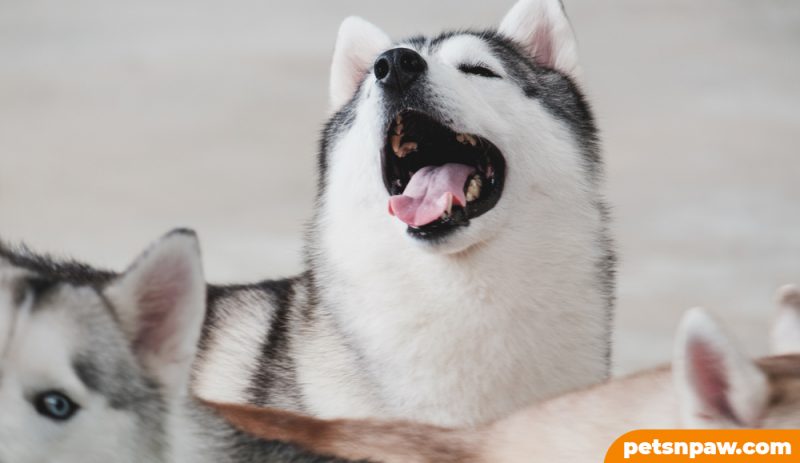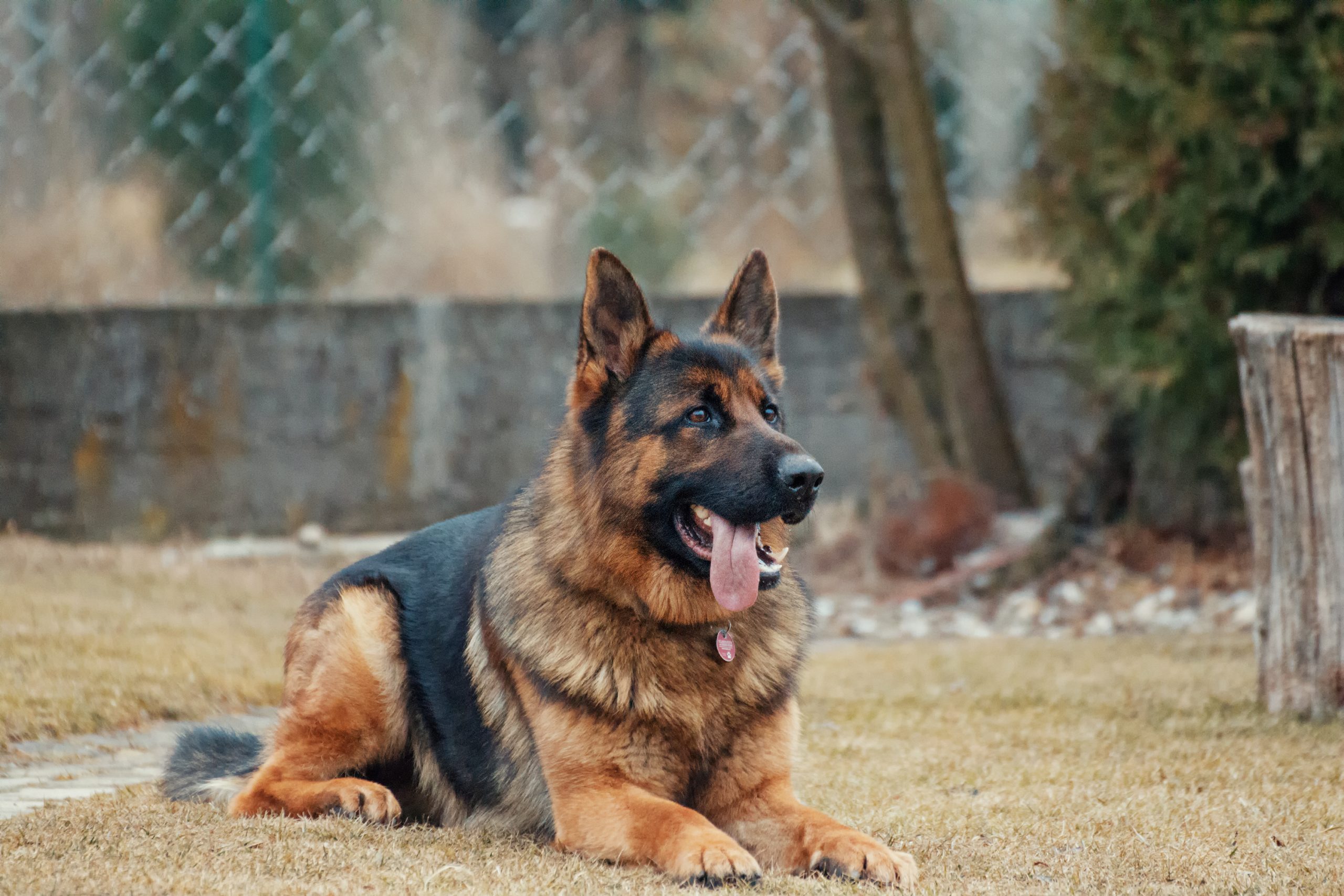Huskies are beloved for their stunning looks, lively personalities, and loyal companionship. They’re a popular breed with dog owners, but their playful nature can sometimes lead to dangerous situations. Despite their generally good nature, there have been reports of huskies biting people and causing injury. So, are huskies dangerous? In this article, we’ll explore the risks associated with owning a husky and provide some tips on how to prevent potential dangers.
- Positive characteristics that suggest Huskies are not dangerous!
- How could huskies be dangerous?
- Huskies are dynamic and need to be stimulated
- Huskies are classed as a medium to large breed
- Huskies are independent
- The physical appearance of huskies doesn’t help them
- How Aggression Is Triggered in Huskies Dogs
- How to prevent your husky from being aggressive or dangerous.
According to dogsbite.org, the vast majority of human dog bite related fatalities do not come from huskies. Some of the most recent data is from a 13-year period, 2005-2017 where “433 Americans were killed by canines”. Pitbulls and Rottweilers were responsible for 76% (329) of these deaths. Huskies contributed to 13 out of 433 in those 13 years, just 3%.
But Hill & Associates, a firm of lawyers based in Philadelphia, USA, and specializing in cases of personal injuries caused by dogs, sees that the Siberian huskies are one of the most dangerous breeds and can cause serious injury to people, particularly children.
With all this said, let’s start our investigation on whether Huskies are dangerous or not.
Positive characteristics that suggest Huskies are not dangerous!
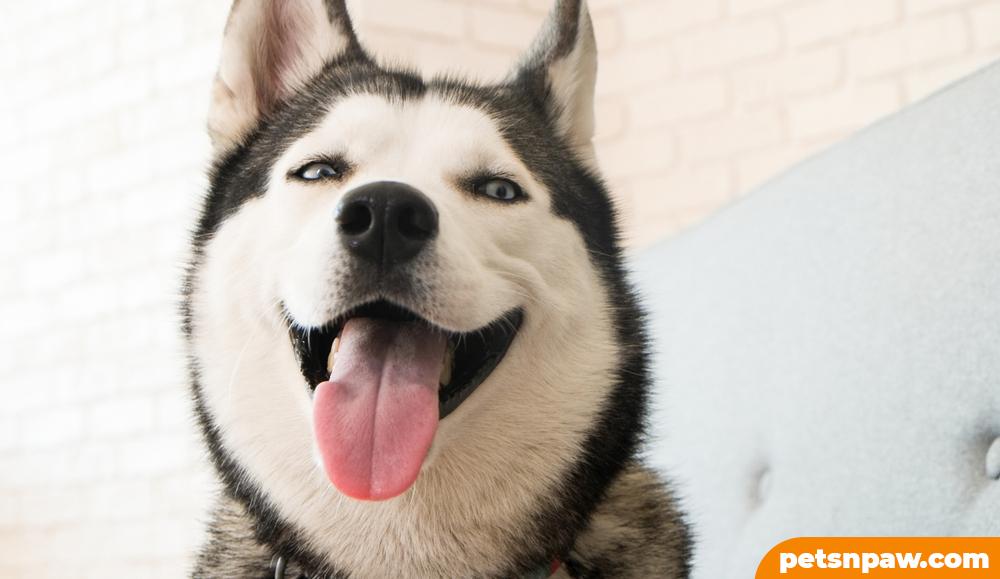
Siberian huskies have been domesticated for a long time and they become one of the world’s favorite breeds. They are considered to be great family pets for many good reasons.
Huskies are not overly suspicious
Even concluded by the AKC, the Siberian Husky is NOT a breed that is naturally suspicious of strangers or people unknown to them. The strong sociability in huskies makes them more inclined to befriend a stranger, not be cautious or aggressive towards them.
Huskies do not make good guard dogs. One of the last behaviors you can expect to see from a husky when a stranger enters your house is any kind of aggression.
Huskies are friendly and sociable
Huskies were originally bred and raised in large packs, sometimes up to 15 strong. Living the pack life leads them to be a very playful and sociable breed.
Huskies although in the beginning may not seem to be a very sociable breed, certainly can be just that!
Huskies always seek company
Weather is is dogs or humans, living so closely with their pack and humans also made them used to having company at all times, something they love and need. In general, huskies are ready to make friends with almost anyone in the chance of making a new playmate.
There’s nothing more your husky will love than snuggling up on the couch and spending time with you and your family. This is something that makes kids and huskies bond so well.
How could huskies be dangerous?
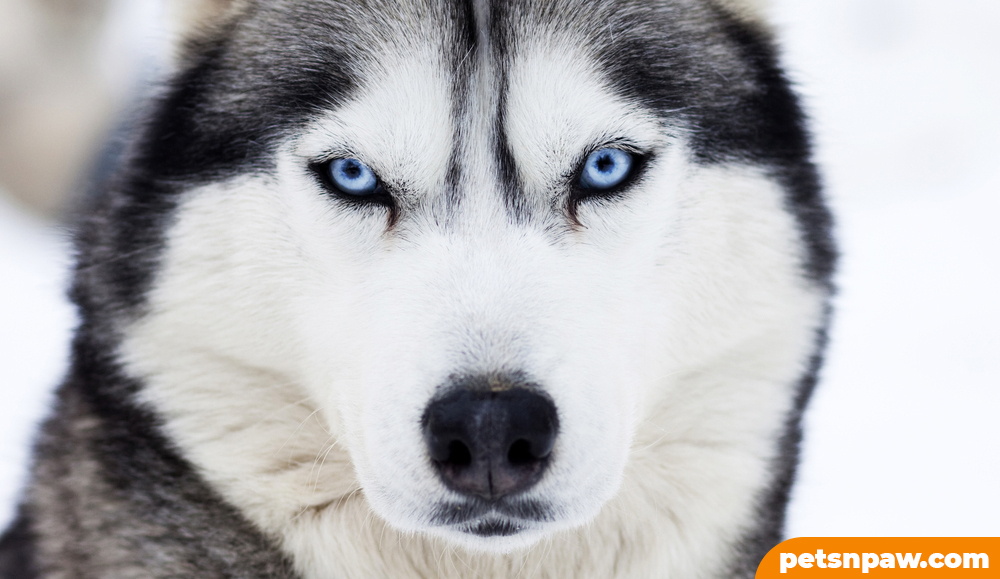
When a dog is afraid and does not know what to expect from his environment or does not understand what is expected from him, he will quite often default to aggressive behavior that may, or may not, end in a dog bite. From the dog’s perspective, “I am afraid. I will get YOU before you have a chance to get me.”
There are a few characteristics that could be seen as contributors to a potentially dangerous husky. Most of these are not strictly negative characteristics, but one may argue these could lead to a dangerous husky.
Huskies are dynamic and need to be stimulated
Huskies were originally bred to pull heavy sled loads across big distances in harsh cold weather, thus, they have developed great stamina and energy levels.
Any husky must be adequately stimulated through daily physical exercise AND mental exercise like training.
If this is neglected then it would be normal that the outcome will be bad behavior and destructiveness. This means your husky is a frustrated husky. When dogs become frustrated it has to be released in one way or another, usually being destructive but it is not limited to this. It is entirely possible that a frustrated husky could be a dangerous, aggressive husky.
Huskies are classed as a medium to large breed
Huskies are considered to be of medium to large size depending on the husky breed type, the males usually always being on the large end of the scale.
A big dog comes with a lot of strength and power and the Siberian Husky boasts agility as well. This size mixed with their never-ending desire to play, jump, and dash around may make them hazardous to small children in your household.
Huskies love to play fight and have developed this boisterous behavior from their previous pack life. If proper training is not instilled from a young age, this excitement and jumping up could lead to them taking the playfight too far, not knowing exactly when to stop.
Huskies are independent
It is hard to say whether or not this point can lead to aggression or dangerous behavior. This independency and stubborn attitude could be linked to a less controlled dog that can never be fully trusted.
However, I understand this will vary and is heavily dependent on the training given to a husky from a young age.
The physical appearance of huskies doesn’t help them
Despite the husky’s medium to large build and wolf-like appearances, this does not mean they are wolves or dangerous like wolves, although it’s completely understanding to think they can be.
Despite sharing very close mitochondrial DNA with wolves, so do most other dog breeds, the husky is no closer to a wolf than a poodle is.
The physical aspect of huskies gives them more of a bad rep than what they deserve.
Granted, this has nothing to do with their behavior and is something they cannot help.
The behavior displayed by aggressive dogs includes:
- Rigid postures, erect ears, and tail, piloerection of hair (raising of the hackles).
- Growls, snarls, or deep chesty barks.
- Lunges with or without bites.
- Bites ranging from snaps, and nips, to skin puncturing bites.
- Mouthing to control a person and their movements.
- Muzzle punch (driving the muzzle into a person’s body.
- Repeated bites with or without shaking of a body part.
How Aggression Is Triggered in Huskies Dogs
Recognizing and understanding the triggers of aggression is the best way for people to keep themselves safe from an aggressive attack. Learn to recognize the signs of these different triggers to aggressive behaviors.
Aggression and bites can be triggered in several ways:
- Fear-Related Aggression – The dog will try to move away from the situation and will bite if he feels trapped or cornered. It is not safe to corner a fearful dog.
- Inter-dog Aggression – This issue is related to the workings of the social hierarchies of dogs. Aggression between dogs occurs when neither dog is willing to defer to the other. Tensions escalate and explode into physical altercations. Without proper and sufficient interventions, repeated occurrences with escalations in the frequency and intensity of these interactions can be expected.
- Pain-Related Aggression – A dog who is in pain from injury, illness, or age-related arthritis will often respond to humans or other dogs with aggression and retaliatory bites. Small children touching or accidentally falling on these dogs or high-energy young dogs climbing on them may cause a dog that is in pain to deliver an offensive bite.
- Play Aggression– A dog bite can happen during or just after a very exciting play. An overly aroused dog can become aggressive to both humans and other animals. This kind of aggression usually stems from a lack of early and appropriate socialization, removal from the mother and siblings too early, or a lack of appropriate bite inhibition training. To avoid triggering an aggressive attack or bite, avoid roughhousing with a newly re-homed dog until you have been able to fully assess their behaviors.
- Possession Aggression (resource guarding) – This occurs when the dog perceives (can be real or imagined) a threat to its food or other valued objects. He will guard his property by standing over it, barking, growling, snarling, snapping, and by lunging to try and drive away from the source of the perceived threat.
- Sex-Related Aggression – Intact male dogs will vie for the attention of females in heat and females will still compete for access to a male. Intact male dogs can fight with other male dogs (especially those living in the same household) even if no female dogs are present. Also, females living together in the same household may compete to establish social ranking. The most common time for sex-related aggression to emerge is in dogs aged one to three years old.
- Predatory Aggression– When a dog aggressively stalks or stares intently at other any moving object, is a signal that an attack or bite is very likely to happen. Though this is not considered to be true social aggression, the outcome of this behavior is still likely to be a delivered bite. Careful supervision is a must for these dogs and all stalking behaviors must be modified and redirected.
- Protection Aggression– This type of aggression occurs in dogs that guard or protect people or other members of their social group from anything perceived as a “threat”. Sometimes the act of “guarding” a person has nothing to do with protecting them from danger as much as it does convey the message that the person is considered to be the dog’s property. This kind of resource guarding can be modified through a combination of counter-conditioning to change the dog’s opinion of the perceived threat and then operant conditioning to teach the dog a new behavior to practice where this person is concerned.
- Redirected Aggression– A redirected bite occurs when a bite that is intended for someone or something else becomes redirected at a target that happens to be within striking range. A bite or attack is a common occurrence when a person tries to intervene in dog-on-dog aggression. It can also happen when someone enters a space where two dogs are in a heightened state of aggression. To avoid getting bitten, never grab fighting or aggressive dogs by the collar, and never place your hands near their face or mouths. Instead, use an object like a broom or stick to intervene and separate them. If you absolutely must physically separate two fighting dogs, try grabbing the back legs of the primary attacking dog and pulling him away from the other dog. At the same time as you are pulling the dog away, attempt to turn and flip the dog over onto its back. You can also try to break up the fight by using a blast of water from a hose, using dog pepper spray, or even throwing a blanket over one of the dogs.
- Territorial Aggression- This aggressive behavior occurs when a dog is protecting its house, yard, fence, crate, etc. The already aggressive dog can often be made more aggressive by the addition of a fence or other confinement of a territory. Unless this behavior is modified, the dog’s territory will continue to “expand” to include new areas, people, and other dogs also. Do not allow territorial dogs to freely guard their territory. Use counter-conditioning to convince him that having someone approach his “territory” brings pleasant things with it ( a yummy high-value treat).
- Status Related Aggression-This kind of aggression happens within the social group of a dog. Conflict develops from the failure of one of the group members to submit to another member. This aggressive behavior worsens with the addition of punishment or physical force as this only adds tension to an already tense relationship. Always strive to neutralize these kinds of interactions. Redirect the inappropriate or offending behaviors and reward the appropriate submitting behaviors.
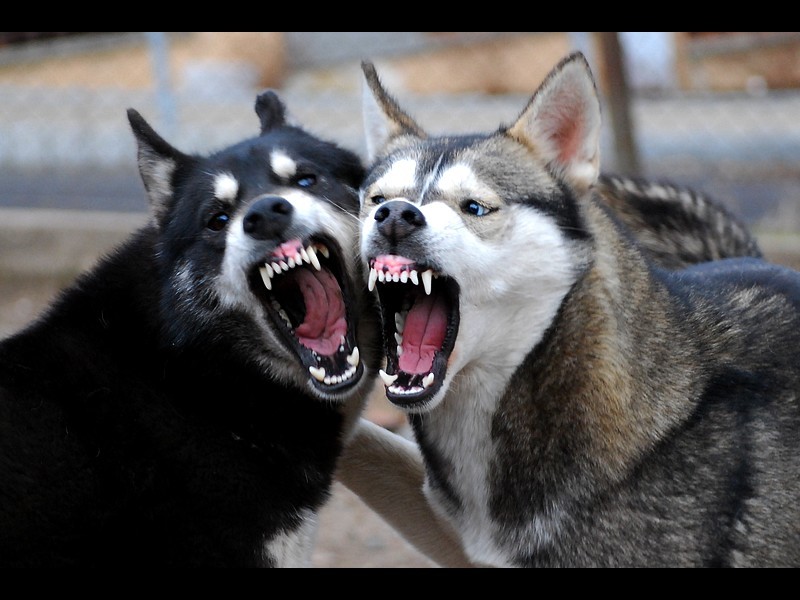
How to prevent your husky from being aggressive or dangerous.
Assuming you have a husky puppy, you must give all the necessary training from an early age to avoid a badly behaved, uncontrolled husky later on.
With proper training, you can have a very obedient, kind, and loving husky that never displays aggression or poses a threat to anyone else.
To prevent an aggressive, potentially dangerous husky it comes down to these important points
- Understand dominant behavior and control it
- Properly train your husky
- Exercise you’re husky sufficiently
- Start socializing early on
Understand dominant behavior (and control it)
From a young age, your husky puppy (female or male) will start showing signs of dominance and will be testing you.
This dominance test can be seen in a lot of different actions and behavior and needs to be understood and addressed right from when you bring him home.
Huskies are pack dog that needs to know who is boss, a clear hierarchical system is needed in your household and your husky HAS to know he’s at the bottom.
Any kind of jumping up, biting too hard, or boisterous behavior needs to be solved with immediate training. It’s a mistake to think this is “ok because they are a puppy” Once your husky is fully grown to be 60lbs jumping up and biting will be a big issue.
A husky who thinks he’s the boss, will for sure cause many issues in your home.
Properly train your husky puppy
Training if you couldn’t tell by now, is the most important overall thing you can do to ensure an all-around well-behaved obedient husky.
Perhaps one of the worst mistakes a new puppy owner makes is thinking they need to wait to start training, or that they “have time”.
Your husky puppy is more than ready to start a serious training routine. So when you bring them home, basic obedience commands, potty training, crate training, bite training, and leash training are all to be implemented.
Exercise you’re husky sufficiently
Huskies are a super high-energy breed that needs to be properly exercised to be well-behaved.
Huskies can run up to 100 miles per day, without much trouble. This instantly gives you a clear understanding of what we are talking about when we say “energy”
This high-energy breed can become frustrated if adequate exercise is not given to them daily. Frustration can lead to destructive and aggressive behavior.
Huskies should receive around 2 hours of intense exercise per day to release their energy and be sufficiently stimulated.
It’s also a good idea to have interactive toys and administer obedience training daily for mental stimulation is an other important requirement for this intelligent breed.
Start socializing early on
One super important part of any puppy’s development is proper socialization from a young age.
Proper socialization has a big impact on preventing aggressive behavior in your husky later on.
Socialization helps your puppy learn more that other dogs and people are there to be friendly and not a threat. A well-socialized dog better gets along with all other dogs and people for their whole life.
The recommended window of opportunity where socialization is best given is as early as possible, 3 weeks old is a good place to start.
From 16 weeks old your puppy can indulge in things like puppy playschools and dog parks, something that is highly recommended for maximum social experiences. Constantly bumping into new puppies, dogs and owners will broaden their ability to be around other animals and people without fearing them. Animal Humane Society
Are you thinking of getting a husky?
If you are then do not hesitate, the husky is a wonderful breed. The most important thing to be sure of is having the time, commitment, and focus on their exercise and training needs. If you do, there will be no issues.
Thank you for reading, If you have some advice or tips, please comment below and help the many other husky owners that will read this article after you!


